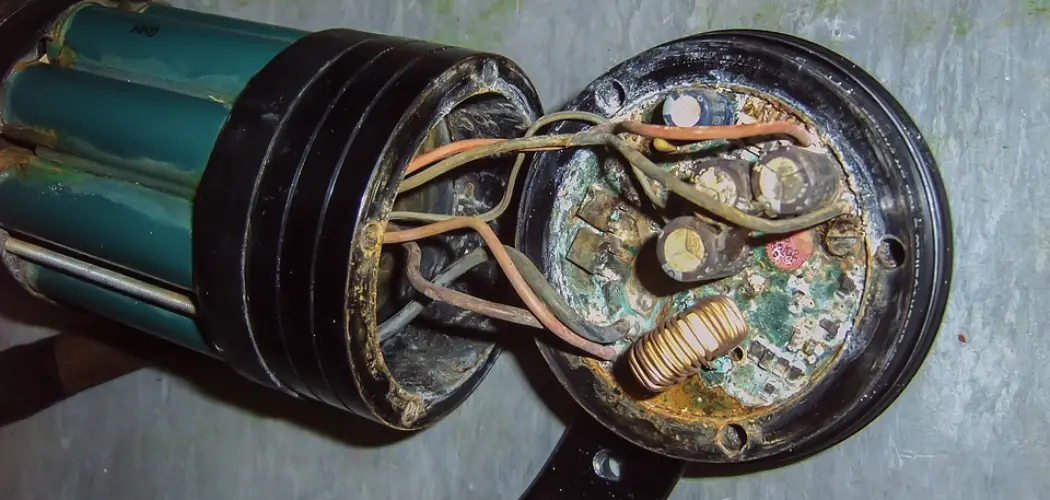Are you dealing with a corroded battery inside your flashlight and don’t know what to do? Corroded batteries can be difficult to remove, and it can seem like an impossible task. But don’t worry! You can easily get that corroded battery out with the right tools and knowledge.
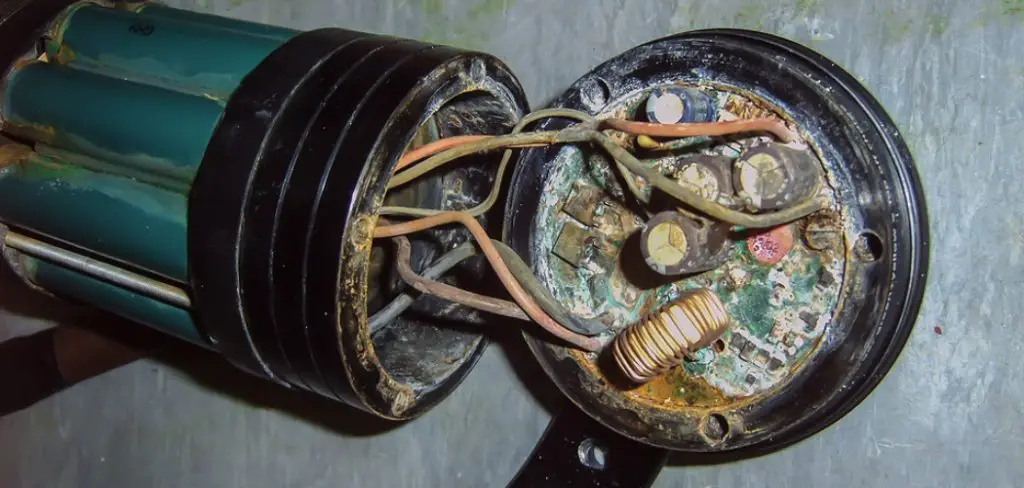
If you love being creative with decorating and turning old junk into something new, then the challenge of getting a corroded battery out of a flashlight won’t be too daunting. It’s always exciting when we find an item in our garage or closet that used to serve its purpose – but now can be transformed into something new entirely!
The first step is learning exactly what needs to be done to remove the corroded battery from your now-vintage flashlight safely. So let’s jump into the steps on how to get a corroded battery out of a flashlight.
Why Should You Get the Corroded Battery Out of Your Flashlight?
The first question that comes to mind is why you should try to remove the corroded battery from your flashlight. The main reason is that the corroded battery will no longer work and can be a hazard if you try to use it for anything else. A corroded battery can also cause damage to other components within the flashlight if left in place.
Additionally, removing the corroded battery will give you more options for repurposing your flashlight. You can fill it with other items, reuse the bulb, or even create a completely new item.
Overall, removing the corroded battery can be a great way to give your flashlight an interesting second life.
Tools and Supplies Needed for Removing Corroded Batteries From Flashlights
Now that we know why removing the corroded battery from your flashlight is important let’s talk about what tools you need for the job. First and foremost, you will need a pair of safety glasses to protect your eyes from any flying debris that may occur when removing the battery.

You will also need the followings:
- A pair of needle-nose pliers
- A flathead screwdriver
- WD-40 or a similar lubricant
- Rubbing alcohol and Q-tips
- A pair of rubber gloves
- Some electrical tape (optional)
- And, lastly, some paper towels or rags to clean the area where the battery was located once it’s removed.
Now that you have all your tools gathered, you are ready to tackle this daunting task! Here is an easy step-by-step guide on how to do it.
10 Easy Steps on How to Get a Corroded Battery Out of a Flashlight
Step 1. Remove the Screws:
First, you’ll want to remove all of the screws from the flashlight. Make sure to store these in a secure place so that they don’t get lost or misplaced. As you remove the screws, be careful not to lose any of the other components that may fall out.
Step 2. Separate the two halves:
Once the screws have been removed, carefully separate the two halves of your flashlight. Some of the components may be stuck together, so you may need to use some light force to separate them. You can also use WD-40 if needed. It will help loosen the components up.
Step 3. Use the Needle-Nose Pliers:
If there is a corroded battery present, you’ll want to carefully remove it using your needle-nose pliers. Be sure not to damage any other pieces in the process as this could lead to further issues down the line. Keep in mind that the battery may be stuck to the flashlight’s components, so you will want to be very gentle when trying to remove it.
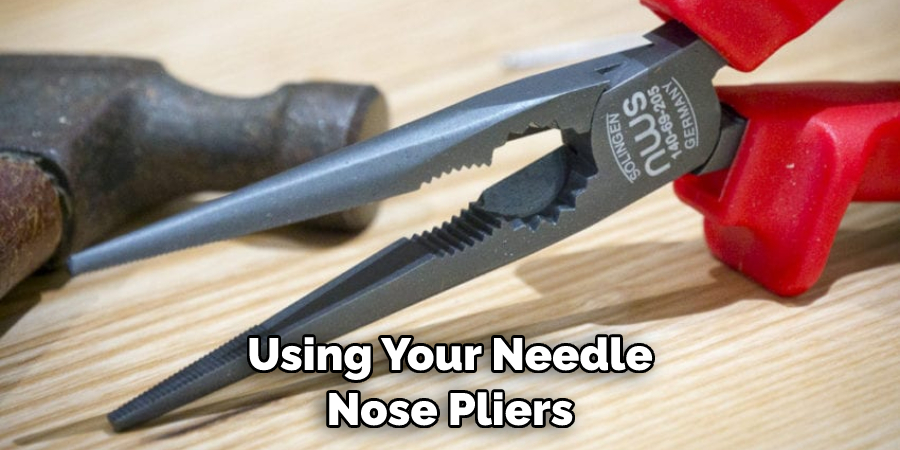
Step 4. Apply WD-40:
Once the battery has been removed, apply some WD-40 or similar lubricant onto a Q-tip and gently rub it over any parts that seem stuck together. This will help loosen up any rust and make it easier for you to get these parts apart when you are ready to reassemble your flashlight. Additionally, the WD-40 will help keep any corrosion from building up again in the future.
Step 5. Clean the area with rubbing alcohol:
After applying the WD-40, you’ll want to use some rubbed alcohol and a Q-tip to clean the area where the battery was located. This will help remove any remaining corrosion and make it easier for you to reassemble your flashlight without any problems. Additionally, it will help you prevent any future issues with rust or corrosion.
Step 6. Reassemble the Flashlight:
Once all of these steps have been completed, it’s time to put your flashlight back together. Be sure that you don’t miss any screws or components when putting everything back together, as this could lead to further issues down the line. Wrap any exposed electrical wires with some electrical tape for added protection is also a good idea.
Step 7. Test Out Your Flashlight:
Once your flashlight is reassembled, it’s time to test it out! Ensure that all the components are working properly and that everything is in good condition. If you notice any issues, be sure to contact a professional for help.
Step 8. Replace the Batteries:
Once you have tested out your flashlight, it’s time to replace the batteries. Be sure to use fresh batteries that are the correct size for your flashlight so that you don’t run into any issues down the line. Otherwise, your flashlight may not work properly or could be damaged.
Step 9. Check for Leaks:
Before using your flashlight, make sure to check around the battery area for any leaks or corrosion spots, as this could be a sign of trouble and should be addressed by a professional if necessary.
Try to keep track of how often you need to replace the batteries so that you can detect if there is a problem with your flashlight. Use a flashlight holder to keep your flashlight upright and prevent any further issues with corrosion.
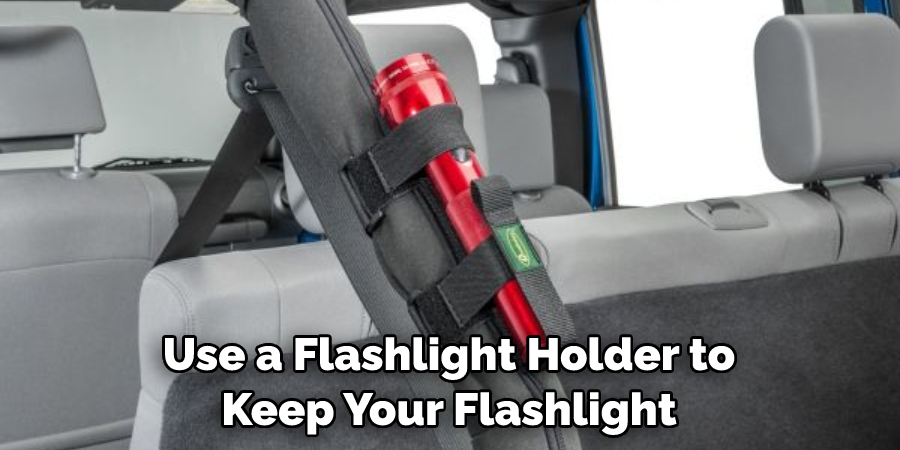
Step 10. Enjoy Your Flashlight:
Once everything has been checked and the batteries have been replaced, you can now enjoy your flashlight with no worries! Always take care of your flashlight, and preventative maintenance is key to extending the life of your device. Remember, a well-cared-for flashlight will last you much longer than one that is neglected.
These ten steps should help you easily remove a corroded battery from your flashlight without any issues or problems. If you ever run into any trouble while attempting this task, it’s always best to contact a professional for assistance.
As they will be able to provide more detailed advice on how to safely and effectively remove the battery from your flashlight. Taking these extra precautions will help ensure that your flashlight is working properly for many years to come.
5 Additional Tips and Tricks
1. Keep Your Flashlight Away From Extreme Temperatures: Cold temperatures can cause the batteries to drain more quickly than normal, while hot temperatures can damage the components inside.
2. Store Your Flashlight in a Cool, Dry Place: This will help prevent any rust or corrosion from occurring over time.
3. Always Use Fresh Batteries When Replacing Them: Old batteries can cause problems with your flashlight and decrease its lifespan.
4. Clean Your Flashlight Regularly: Dust particles can accumulate on the exterior of your flashlight and obstruct its performance, so it’s important to clean off these particles periodically.
5. Don’t Forget to Carry Extra Batteries: It’s important always to have backup batteries at hand just in case something goes wrong with your flashlight! This will help ensure you don’t get stranded in the dark.
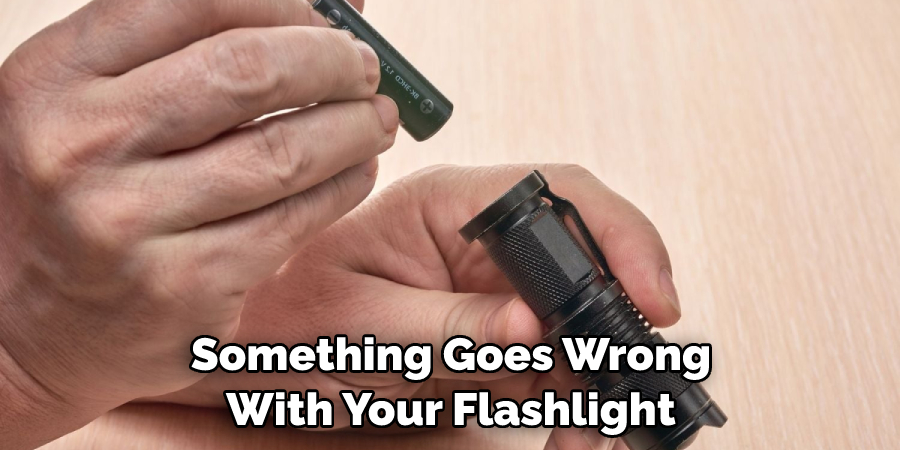
Following these extra tips and tricks will help you ensure that your flashlight is running smoothly and that you can enjoy an uninterrupted experience with it. Taking the necessary precautions and maintenance steps will keep your flashlight going well!
5 Things You Should Avoid
1. Don’t Overcharge Your Flashlight: Overcharging your flashlight can damage the components and decrease its lifespan. Try to avoid charging it for more than the recommended time.
2. Don’t Use Substandard Batteries: It’s important only to use quality batteries of the right size and voltage to ensure that your flashlight is running at its optimum performance level.
3. Avoid Exposure to Moisture or Water: Moisture and water can cause serious damage to the components inside your flashlight, so keep it away from any wet areas, such as bathrooms or near a sink.
4. Don’t Leave Your Flashlight on for Long Periods: Leaving it on for too long can cause the battery to drain and overheat the components inside, so be sure to turn it off when you’re done using it.
5. Don’t Shake or Drop Your Flashlight: Dropping and shaking your flashlight can cause serious damage to the components and will significantly reduce its lifespan. Try to be mindful of how you handle your flashlight and keep it safe from any accidents.
Following these extra tips and avoiding any potential hazards will help ensure your flashlight runs smoothly for many years! Taking proper precautions while using a flashlight will make sure you get the most out of it.
Is It Safe to Remove a Corroded Battery?
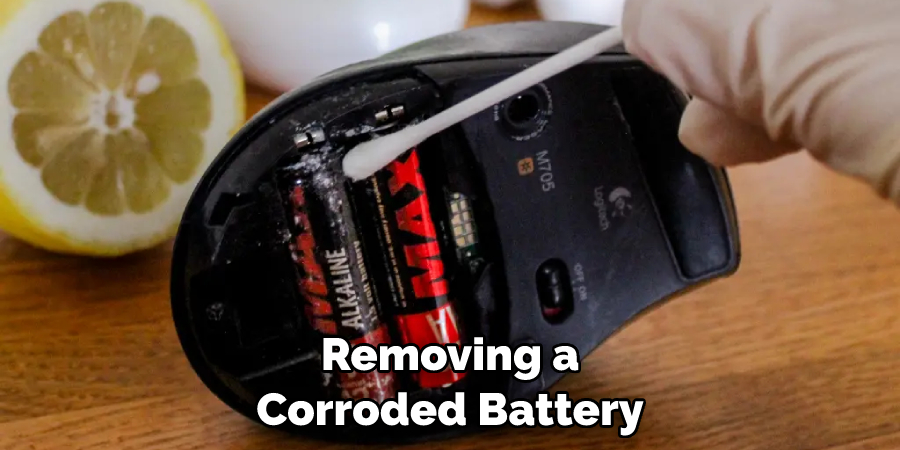
Removing a corroded battery from your flashlight is generally safe, however, it should always be done with caution and according to the manufacturer’s instructions. Make sure you wear protective gloves and safety goggles during this process, as the acid inside the corroded battery can cause serious damage if it comes into contact with your skin or eyes.
Be careful not to break or puncture the casing of the battery while attempting to remove it, as this could lead to an even bigger mess. With some patience and following the right techniques, you should be able to safely remove a corroded battery from your flashlight without any issues.
Always remember that taking preventive maintenance steps such as regularly cleaning your flashlight and using fresh batteries will help ensure this task does not become necessary. Taking good care of your flashlight will ensure you get the most out of it and enjoy a worry-free experience!
What Happens if Water Hits a Battery?
If water hits a battery, it can cause serious damage to the components inside. Water can cause an electrical current to build up, leading to fires, explosions, or even chemical burns if it comes into contact with your skin.
It’s important always to keep your batteries away from any moisture or water and clean off any dust particles that may accumulate on the exterior of your flashlight regularly. Doing so will prevent any rust or corrosion from occurring over time and help ensure that your flashlight is always operating at its best performance level.
In short, if your flashlight has become corroded due to water hitting the battery, it is important to take it out of the device and replace it as soon as possible. Doing so will help protect you against any potential damage or harm that may be caused by a buildup of electrical current inside the device.
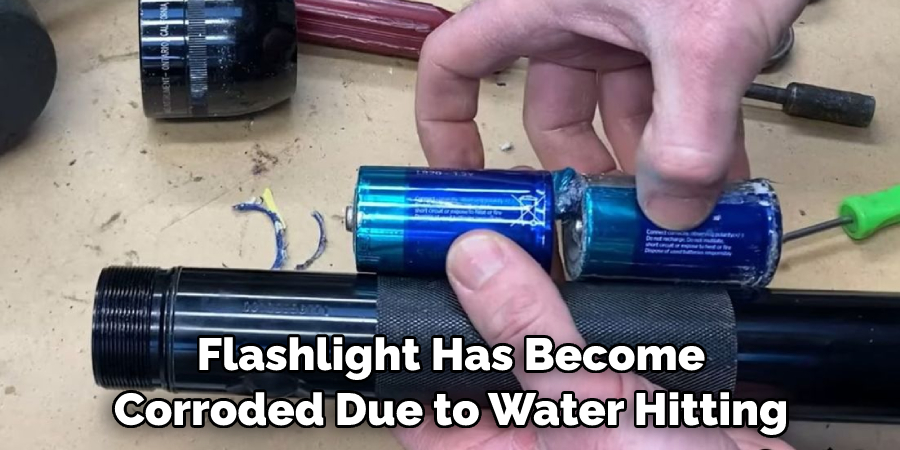
Conclusion
In conclusion, getting a corroded battery out of a flashlight can seem like an intimidating task. However, with a few steps and precautions, you can easily get rid of it! Be sure to wear protective eyewear, as the process may produce sparks due to oxidation. Give yourself plenty of time to work on the project, as patience is key.
Before discarding the old battery, make sure to dispose of it properly according to all safety regulations. Lastly, don’t forget that having a toolbox nearby with basic tools handy will definitely save you time and hassle in case of any future maintenance needs. By following the advice given in this blog post, you should have no problem getting the corroded battery out of your flashlight in no time!
Hopefully, the article on how to get a corroded battery out of a flashlight was helpful and informative! If you have any questions or comments, please feel free to leave them in the comments section below. Good luck! Thanks for reading!
You Can Check It Out to Make Peach on Led Lights

